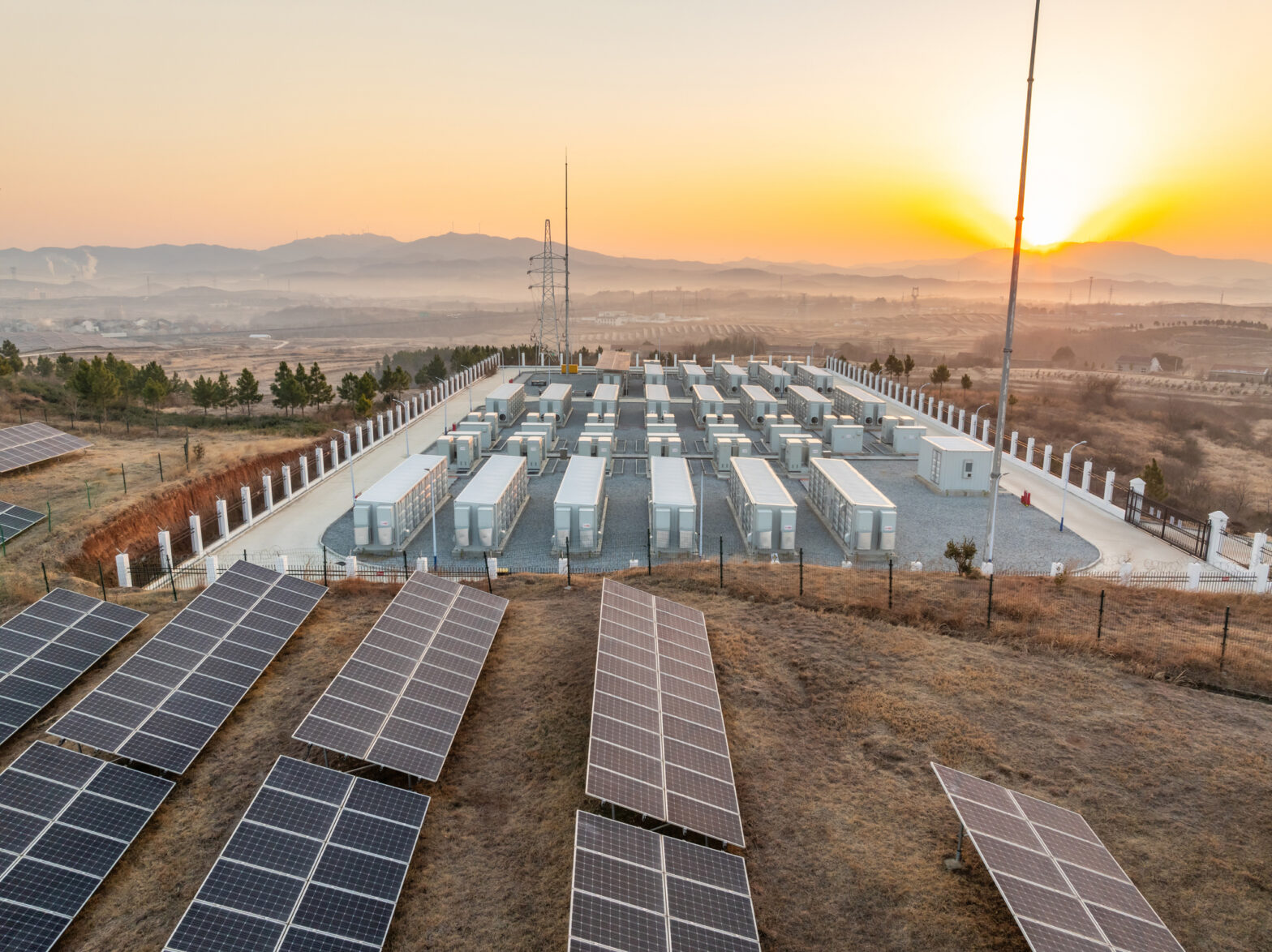This article was originally published in EnergyCentral.
We can all agree that the utility industry is in a massive transition to be more customer-centric, distributed, connected, and data-driven. In 2020, we will start to see this transition accelerate to reach all customers. Here are just a few of the trends that we at Uplight expect to see this year.
Customer Experience 2.0
In 2019, we saw a wave of utility customer experience vendor consolidation – the creation of Uplight bringing together Tendril, Simple Energy, FirstFuel, Ecotagious, EnergySavvy, and EEme in Jul ‘19 and Oracle / Opower announcing partnerships with Agentis (Sep ‘19), Powerly (Sep ‘19) and EnergyHub (Oct ‘19) – to drive end-to-end connectedness. Looking ahead to 2020 and beyond, we’ll see these consolidated platforms and others delivering a more comprehensive and connected solution set – from engagement tools, to marketplace, demand response, and more – that better aligns with the wide range of customer journeys, thereby ushering in a new era of customer experience that drives more value for customers and the utility.
Rise of Personalization
While we saw personalization emerge as a major theme in the last few years, in 2020 we will see it become less of an abstract concept and more implementations of energy-specific recommendation engines. Utilities have caught on not just to what tech leaders are doing with personalization to grow their businesses, but examples from long-standing businesses like McDonalds (acquired AI company Dynamic Yield for $300M in Mar ‘19), the airline industry, and many more; this is particularly important for utilities in the face of well-known industry challenges. In 2020, we expect to see more utilities buying or building energy-specific recommendation engines to provide consistent, relevant messaging to customers across all programs, offers, and channels.
TOU Rates Go Prime-Time
In 2020, we’ll see mass adoption of time of use, or TOU rates after several successful pilots in 2019. After their pilot, Xcel Energy in Colorado asked regulators to make the TOU rate changes permanent at the end of last year. Consumers Energy in Michigan also plans to roll out TOU to their full electric customer base in 2020. And these are only a few examples. But without a truly customer-centric approach, utilities are certain to face customer backlash. By empathizing, educating, and empowering customers, utilities can ensure a successful transition.
Disaggregation Unlocks AMI Data
After spending hundreds of billions in AMI infrastructure, many utilities are now seeing more impactful ways to get customer and business benefit from this enormous investment. With substantial improvements to disaggregation technology in the last few years, we’re now seeing disaggregation emerging as a critical way to get to this value. For example, consider an ongoing project in California (CPUC D. 16-11-022, from Ordering Paragraphs 98 & 96) for 640,000 low-income customers to improve the customer experience with disaggregation insights and pathways to action. Initial analysis showed that 73% of low-income customers in cooler regions of California show no-to-minimal space heat load. When paired with gas profiles, the California utilities can leverage these disaggregation insights to provide pathways for comfort heating and higher efficiency electric heating, improving customer health and reducing energy spend. Perhaps even more importantly, this level of disaggregation can become a critical factor in both powering ever more personalized Next Best Actions, as well as better selection and targeting of HERs customers, therefore reducing the cost of these programs. Looking to 2020 and beyond, we’ll see customers get the most value from disaggregation when disaggregation-based insights are surfaced via these kinds of connected pathways to action.
Focus on underserved customers: Low-income and renters
Utilities will be creating and promoting more programs to better reach low-income customers and renters. Arizona, California, Colorado, and Washington are among the large and growing number of states that are looking at how to define and measure energy burden and to make disconnection policies fairer while reducing arrears. Reaching low-income customers can be challenging, often involving a lot of trial and error, so it is important that states persist in their efforts. Leading states will increase access to energy assistance while trying to deliver more holistic housing services that integrate weatherization, deeper efficiency, environmental remediation, and repairs programs.
With an ever-increasing focus on the customer, this is an exciting time for both utilities and the customers that they serve. From personalization to new rates to leveraging data, we’re excited to see this industry transform even more in the coming year and decade.





